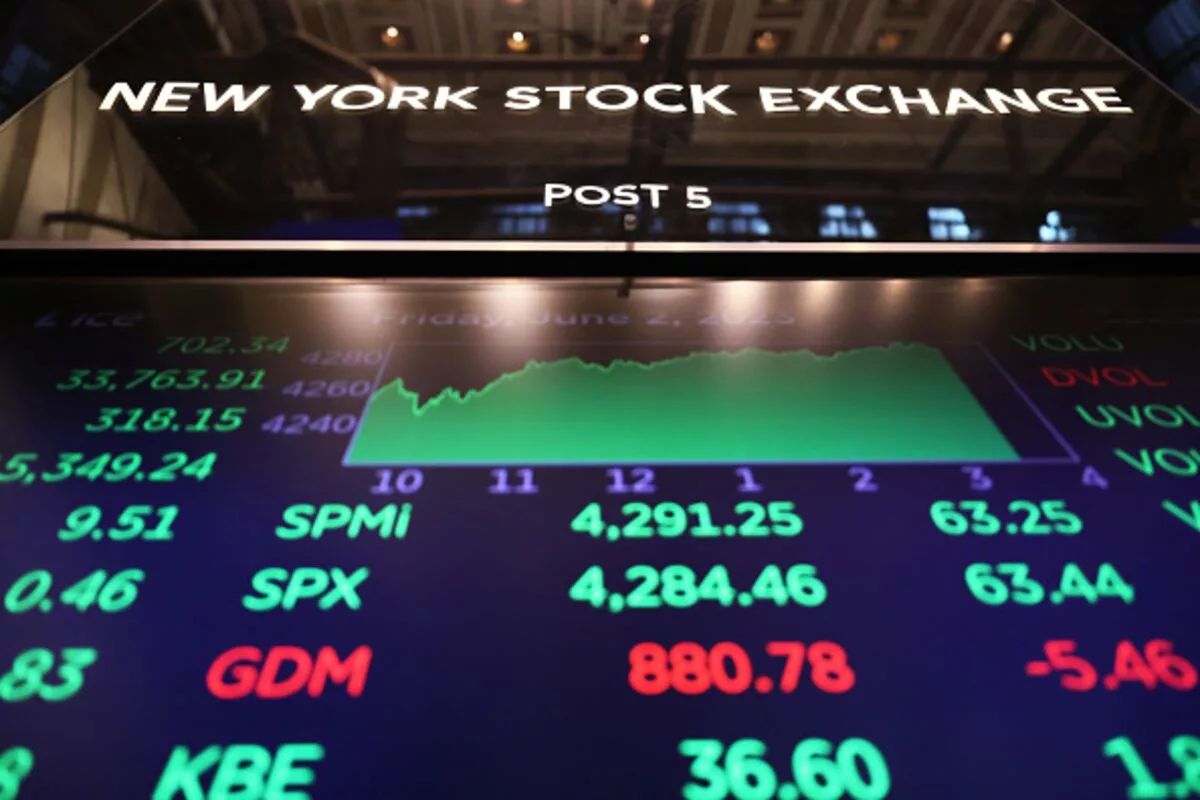US stocks have defied expectations, overcoming recession fears, a banking crisis, and surging Treasury yields to achieve a remarkable 20% increase from their October lows. This surge in stock prices, meeting the definition of a bull market, highlights the resilience of the market despite challenging circumstances.
The benchmark S&P 500 index reached its lowest point on October 12, 2022, at 3,577.03, down 25% from its all-time high. This decline was triggered by the Federal Reserve’s aggressive interest rate increases in response to high inflation levels. However, the index has made a significant recovery, closing at 4,293.93 on Thursday, representing a 0.6% increase. This positive momentum can be attributed to growing optimism regarding the economic outlook and signals that the cycle of interest rate hikes is approaching its conclusion.
Notably, the S&P 500’s journey from its low point took 164 days, marking the longest 20% climb from a bear market low in the past five decades. Several factors initially impeded stock growth, including soaring Treasury yields that provided attractive income opportunities through government-backed bonds, diverting investors’ attention from equities. Additionally, concerns arose due to a banking crisis, marked by significant bank failures not seen since the Great Recession. Furthermore, worries regarding the potential consequences of a heated debate over raising the US debt ceiling contributed to investor uncertainty.
Looking ahead, the trajectory of US stocks remains uncertain. While the recent rally indicates improving conditions, the market rarely follows a linear path. Ongoing challenges, such as high Treasury yields and the unresolved US debt ceiling issue, may continue to impact stock performance. Investors and analysts will closely monitor economic indicators and policy decisions from the Federal Reserve to gain insights into the future direction of US stocks.

